Physical Address
304 North Cardinal St.
Dorchester Center, MA 02124
Physical Address
304 North Cardinal St.
Dorchester Center, MA 02124

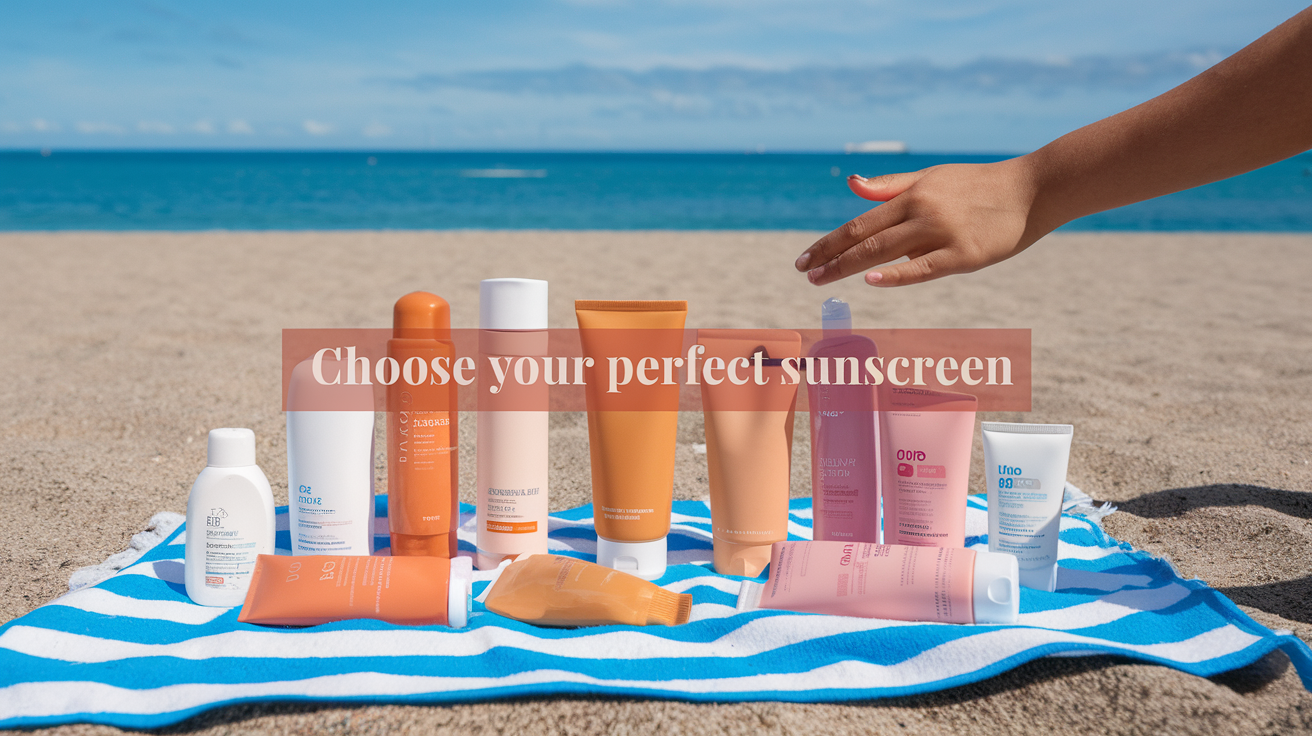
Are you tired of feeling like a lobster after a day in the sun? 🦞 Sunburns are not only painful but can also lead to serious long-term skin damage. The solution seems simple: wear sunscreen. But with countless options lining store shelves, choosing the right one can feel overwhelming.How To Choose The Right Sunscreen
Did you know that not all sunscreens are created equal? Your skin type plays a crucial role in determining which sunscreen will work best for you. Whether you have oily, dry, sensitive, or combination skin, there’s a perfect sunscreen match waiting to be discovered. By understanding your skin’s unique needs and the key ingredients in sunscreens, you can protect your skin effectively while avoiding irritation or breakouts.
In this guide, we’ll dive into the world of sunscreens and help you navigate the sea of options. We’ll explore different skin types, decode essential sunscreen ingredients, and provide tips on matching the right product to your skin. Plus, we’ll cover additional factors to consider and share application techniques to ensure maximum protection. Get ready to say goodbye to sunburns and hello to healthy, glowing skin! 🌞✨
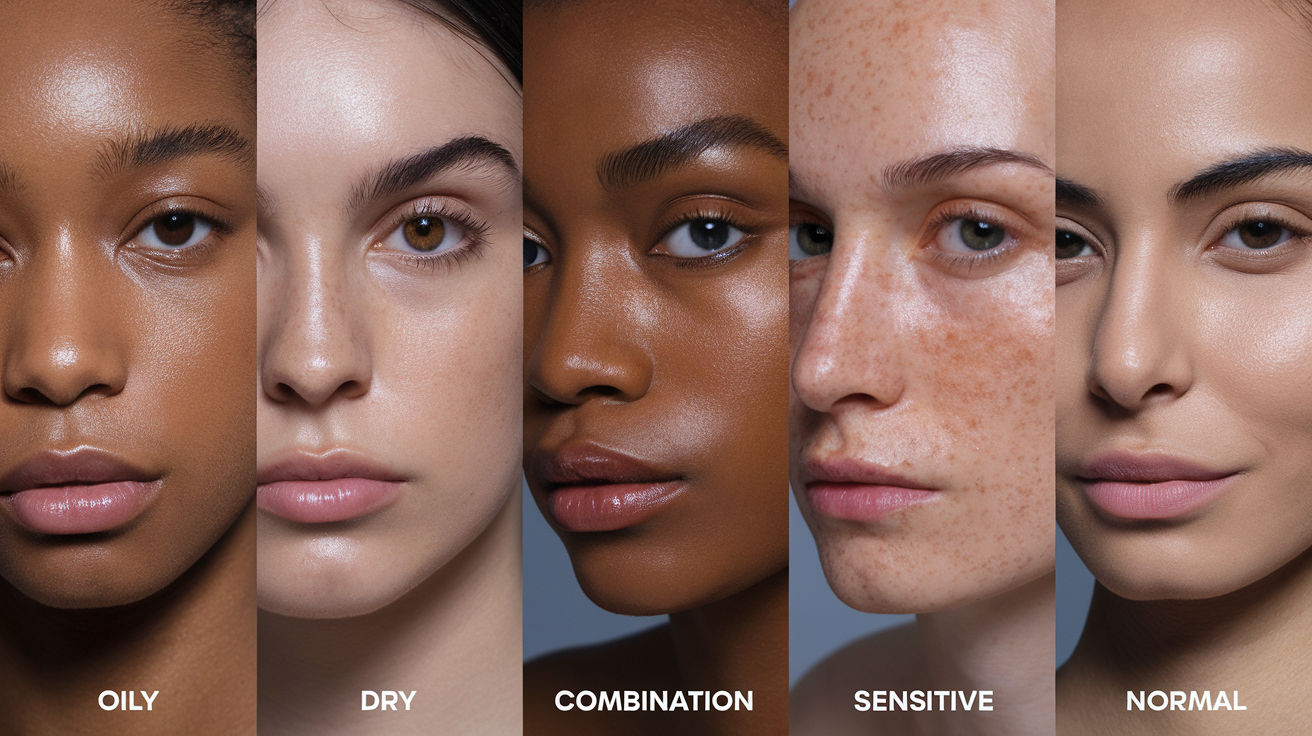
Dry skin is characterized by a lack of moisture and natural oils, leading to a variety of unique features:
When choosing sunscreen for dry skin, opt for moisturizing formulas with hydrating ingredients like hyaluronic acid or glycerin. Cream-based or oil-based sunscreens are typically more suitable for this skin type.
How To Choose The Right Sunscreen
Oily skin produces excess sebum, resulting in a distinct set of traits:
For oily skin, look for oil-free, non-comedogenic sunscreens that won’t clog pores. Lightweight, gel-based formulas or mattifying sunscreens are ideal choices.
Combination skin exhibits features of both dry and oily skin in different areas:
When selecting sunscreen for combination skin, consider using different products for different areas or opt for a balanced formula that addresses both oily and dry concerns.
Sensitive skin is easily irritated and requires special care:
For sensitive skin, choose mineral-based sunscreens with zinc oxide or titanium dioxide. Avoid fragrances and potential irritants like alcohol or chemical filters.
Normal skin is well-balanced and generally problem-free:
Those with normal skin have the most flexibility in choosing sunscreens. Look for broad-spectrum protection and consider additional benefits like antioxidants.
Here’s a quick comparison of sunscreen recommendations for different skin types:
| Skin Type | Recommended Sunscreen Type | Key Ingredients to Look For |
|---|---|---|
| Dry | Cream or oil-based | Hyaluronic acid, glycerin |
| Oily | Gel-based, oil-free | Salicylic acid, niacinamide |
| Combination | Lightweight lotion or dual-formula | Zinc oxide, vitamin E |
| Sensitive | Mineral-based | Zinc oxide, titanium dioxide |
| Normal | Any broad-spectrum | Antioxidants, vitamins |
Understanding your skin type is crucial in selecting the right sunscreen. Now that we’ve explored the characteristics of different skin types, let’s delve into the key sunscreen ingredients that cater to these specific needs.
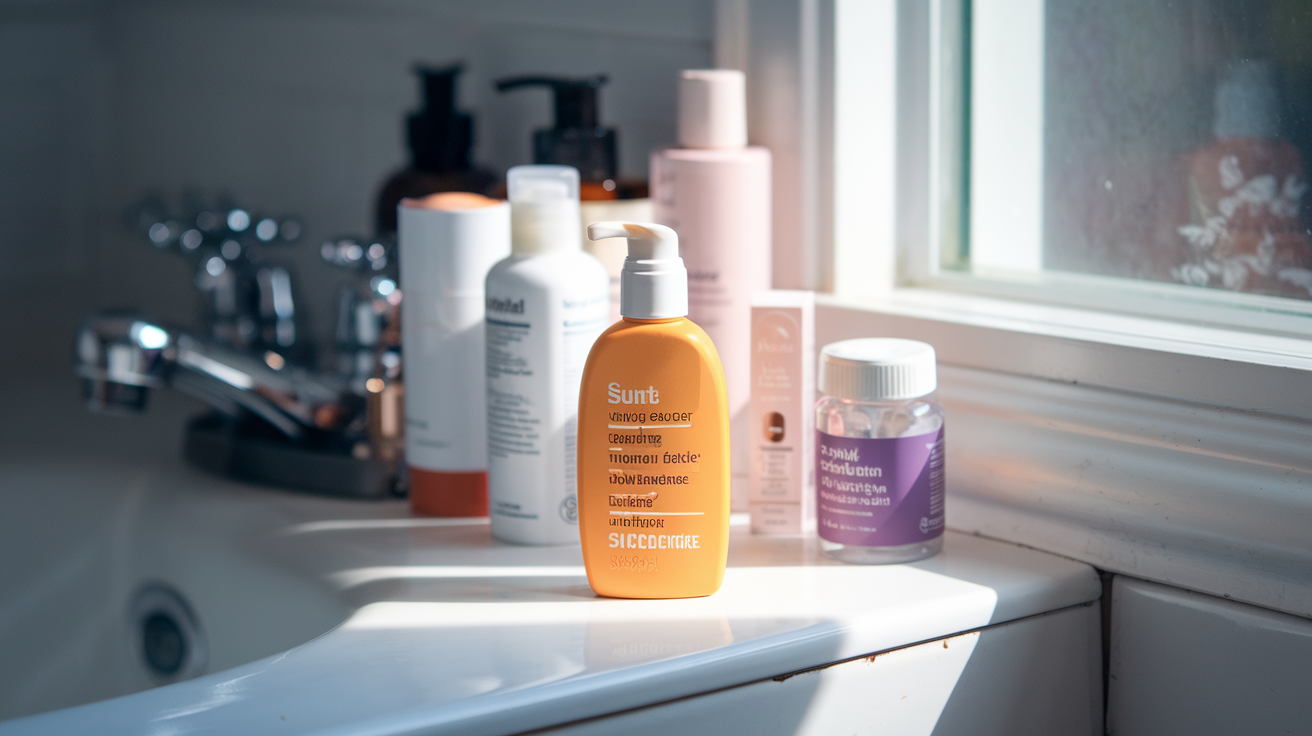
When choosing a sunscreen, understanding the difference between physical and chemical sunscreens is crucial. Physical sunscreens, also known as mineral sunscreens, contain active ingredients like zinc oxide and titanium dioxide. These ingredients work by creating a protective barrier on the skin’s surface, reflecting and scattering harmful UV rays. On the other hand, chemical sunscreens use organic compounds such as avobenzone and oxybenzone, which absorb UV rays and convert them into heat.
How To Choose The Right Sunscreen
| Physical Sunscreens | Chemical Sunscreens |
|---|---|
| Reflect UV rays | Absorb UV rays |
| Work immediately | Take 20-30 minutes to activate |
| Less likely to irritate sensitive skin | May cause irritation in some individuals |
| Can leave a white cast | Usually invisible on skin |
| Ideal for sensitive and acne-prone skin | Suitable for oily and combination skin |
Broad-spectrum sunscreens offer protection against both UVA and UVB rays. UVA rays penetrate deep into the skin, causing premature aging and contributing to skin cancer. UVB rays primarily affect the skin’s surface, causing sunburns and playing a significant role in skin cancer development. When selecting a sunscreen, always opt for a broad-spectrum formula to ensure comprehensive protection against both types of harmful UV radiation.
How To Choose The Right Sunscreen
Sun Protection Factor (SPF) indicates the level of protection a sunscreen provides against UVB rays. Here’s a breakdown of SPF ratings:
While higher SPF numbers offer slightly more protection, no sunscreen can block 100% of UV rays. For most people, SPF 30 or SPF 50 provides adequate protection when applied correctly and reapplied regularly.
Water-resistant sunscreens are designed to maintain their effectiveness even when exposed to water or sweat. These formulas are particularly important for activities like swimming, water sports, or intense physical exercise. However, it’s essential to understand that “water-resistant” doesn’t mean “waterproof.” The FDA regulations allow two water-resistance claims:
These labels indicate how long the sunscreen remains effective while swimming or sweating. Regardless of the water-resistance claim, it’s crucial to reapply sunscreen after swimming, toweling off, or excessive sweating.
Now that we’ve covered the key sunscreen ingredients and their properties, let’s explore how to match these sunscreens to your specific skin type for optimal protection and comfort.
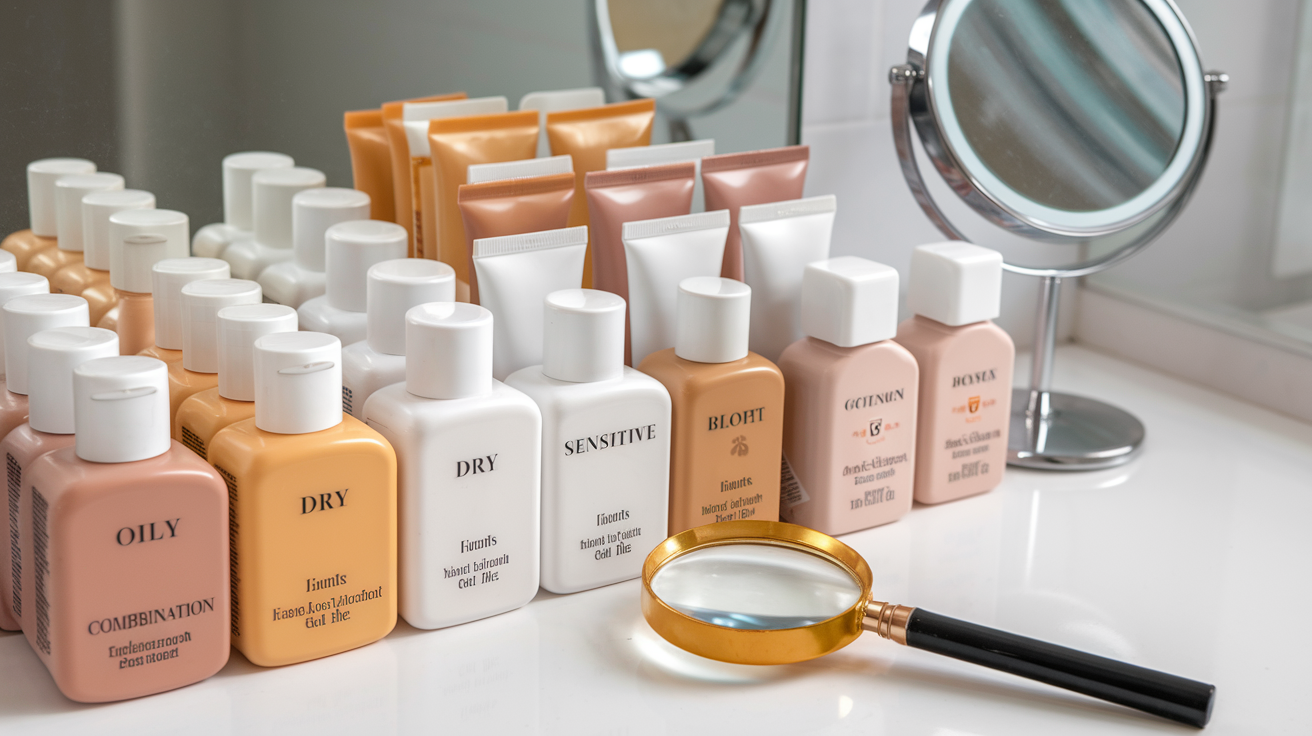
For those with dry skin, choosing the right sunscreen is crucial to maintain hydration while providing sun protection. Look for sunscreens with moisturizing ingredients such as hyaluronic acid, glycerin, or ceramides. These components help lock in moisture and prevent further drying of the skin.
Some excellent options for dry skin include:
| Ingredient | Benefit for Dry Skin |
|---|---|
| Hyaluronic Acid | Attracts and retains moisture |
| Glycerin | Improves skin hydration |
| Ceramides | Strengthens skin barrier |
| Niacinamide | Reduces water loss |
People with oily skin should opt for lightweight, non-comedogenic sunscreens that won’t clog pores or exacerbate oiliness. Look for oil-free, mattifying formulas that can help control shine throughout the day.
Key features to look for in sunscreens for oily skin:
Combination skin requires a balanced approach to sun protection. Choose sunscreens that provide adequate moisture to dry areas while controlling oil in the T-zone. Lightweight, non-greasy formulas work well for this skin type.
Consider these options for combination skin:
Sensitive skin needs extra care when it comes to sun protection. Opt for mineral-based sunscreens with zinc oxide or titanium dioxide as the active ingredients. These are less likely to cause irritation compared to chemical sunscreens.
Key considerations for sensitive skin:
| Mineral Sunscreen | Chemical Sunscreen |
|---|---|
| Sits on top of skin | Absorbs into skin |
| Reflects UV rays | Converts UV rays to heat |
| Less likely to irritate | May cause skin reactions |
| Immediate protection | Needs time to activate |
Those with normal skin have the advantage of being able to choose from a wide range of sunscreen options. Look for broad-spectrum protection with an SPF of at least 30. Consider your lifestyle and personal preferences when selecting a sunscreen.
Factors to consider for normal skin:
Now that we’ve explored sunscreen options for different skin types, let’s move on to additional factors that can influence your sunscreen choice, such as activity level and environmental conditions.
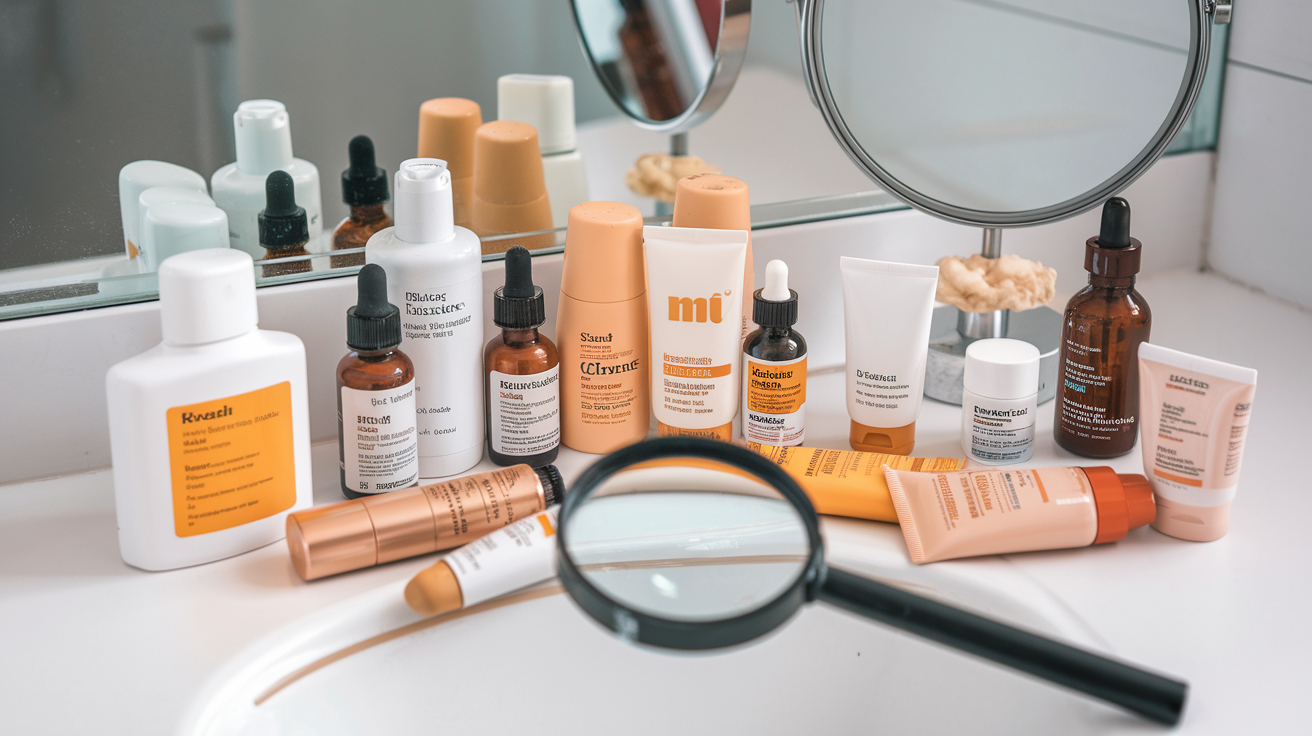
When choosing the right sunscreen for your skin type, it’s crucial to consider your lifestyle and daily activities. Different activities expose your skin to varying levels of sun exposure and environmental factors, which can impact the effectiveness of your sunscreen.
Here’s a breakdown of sunscreen recommendations based on common activities:
| Activity | Sunscreen Type | Recommended SPF |
|---|---|---|
| Office work | Lightweight, non-greasy | SPF 30 |
| Outdoor sports | Water-resistant, sweat-proof | SPF 50+ |
| Swimming | Water-resistant, broad-spectrum | SPF 50+ |
| Hiking | Broad-spectrum, long-lasting | SPF 50+ |
| Everyday errands | Moisturizing, broad-spectrum | SPF 30-50 |
For those who spend most of their time indoors, a lightweight, non-greasy sunscreen with SPF 30 is usually sufficient. However, if you’re an outdoor enthusiast or athlete, opt for a water-resistant, sweat-proof sunscreen with SPF 50+ to ensure maximum protection during intense activities.
The climate and environment you live in play a significant role in determining the most suitable sunscreen for your skin type. Different weather conditions and geographical locations require varying levels of sun protection.
Consider the following factors when choosing sunscreen:
For example, if you live in a tropical climate with high humidity, a lightweight, oil-free sunscreen would be ideal to prevent clogged pores and excessive shine. In contrast, those in dry, cold climates might benefit from a more moisturizing sunscreen formula to combat both sun damage and skin dryness.
Your skin tone and susceptibility to hyperpigmentation are essential factors to consider when selecting sunscreen. While all skin tones need sun protection, darker skin tones may have specific requirements to address potential hyperpigmentation issues.
Here are some tips for choosing sunscreen based on skin tone:
Individuals prone to hyperpigmentation should consider sunscreens containing:
These ingredients not only provide sun protection but also help to even out skin tone and reduce the appearance of dark spots.
Now that we’ve covered additional factors to consider when choosing sunscreen, it’s important to understand how to apply it correctly for maximum protection. Let’s move on to some essential application tips that will ensure you’re getting the most out of your chosen sunscreen.
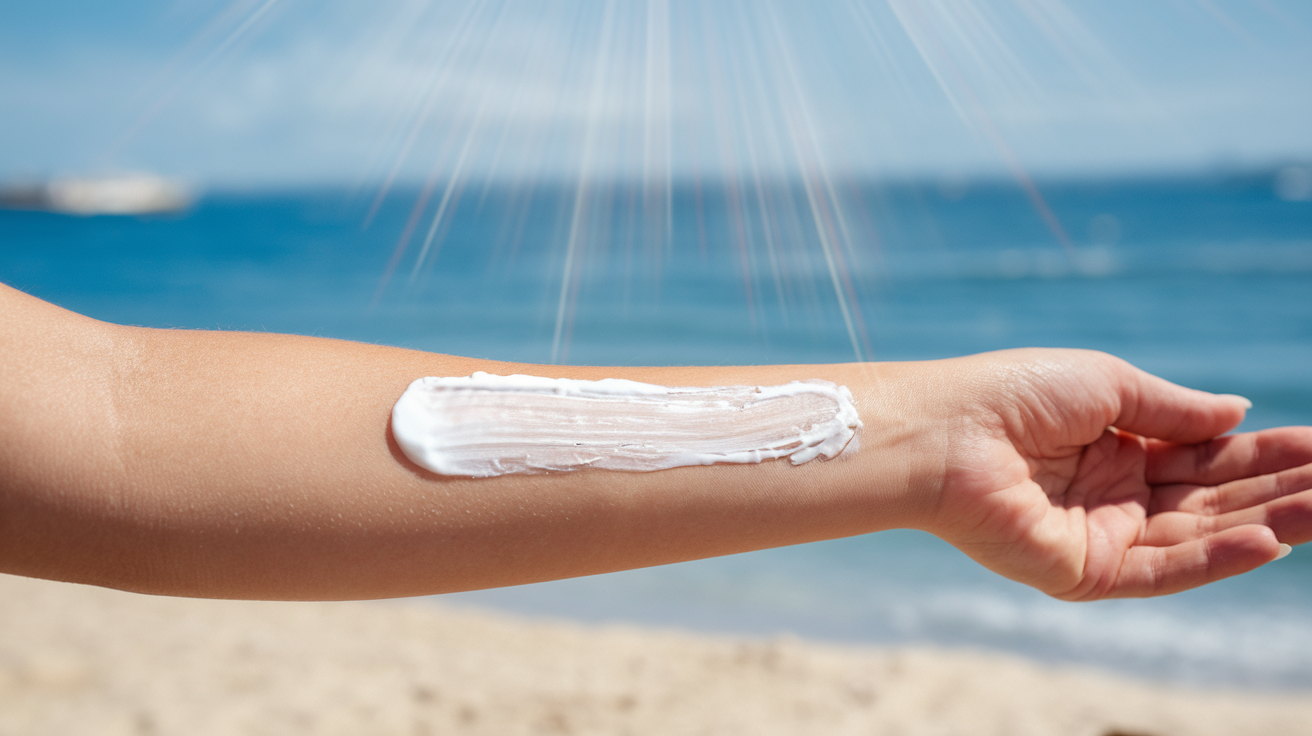
When it comes to sunscreen application, many people underestimate the amount needed for effective protection. To ensure maximum coverage, follow the “two-finger rule”:
For your face alone, use a nickel-sized dollop. Remember, it’s better to apply too much than too little.
How To Choose The Right Sunscreen
To achieve optimal sun protection, follow these steps:
Reapplication is crucial for maintaining sun protection throughout the day. Here’s a quick guide:
| Activity | Reapplication Frequency |
|---|---|
| Normal daily activities | Every 2 hours |
| Swimming or sweating | Every 80 minutes |
| Intense sun exposure | Every 60-90 minutes |
Set reminders on your phone to ensure you don’t forget to reapply, especially during outdoor activities.
To maximize the effectiveness of your sunscreen while maintaining your skincare routine, follow this order of application:
Wait 3-5 minutes between each step to allow products to absorb. If using makeup, apply it after sunscreen has fully dried.
For those with oily or acne-prone skin, look for non-comedogenic sunscreens that won’t clog pores. If you have dry skin, consider a moisturizing sunscreen or layer a hydrating serum underneath.
Remember, sunscreen is most effective when used consistently and correctly. By following these application tips, you’ll ensure maximum protection for your skin, regardless of your skin type. In the next section, we’ll explore how to choose the right sunscreen based on specific skin concerns and conditions.

Choosing the right sunscreen for your skin type is crucial for effective sun protection and maintaining healthy skin. By understanding your skin type, familiarizing yourself with key sunscreen ingredients, and considering additional factors like SPF level and water resistance, you can make an informed decision that suits your needs.
Remember to apply your chosen sunscreen generously and frequently, especially when spending time outdoors or participating in water activities. With the right sunscreen and proper application techniques, you can enjoy the sun safely while keeping your skin protected and radiant. Make sunscreen a non-negotiable part of your daily skincare routine, and your skin will thank you for years to come.
How To Choose The Right Sunscreen
To know more about organic health products please visit LINK